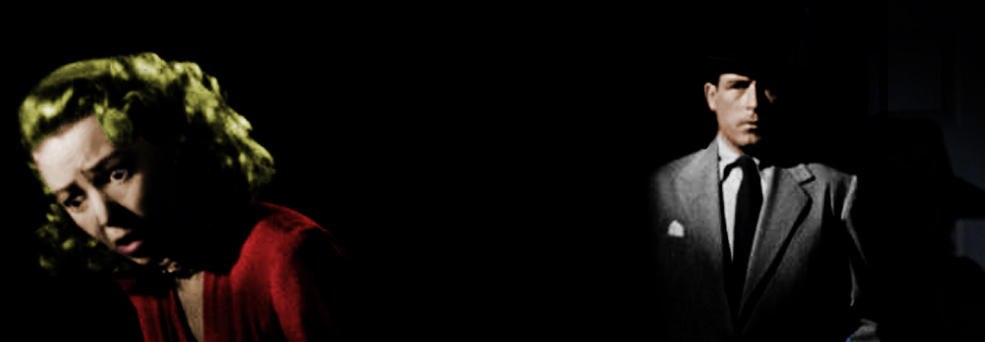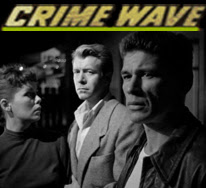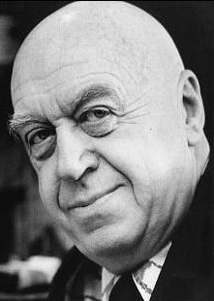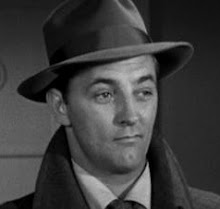
It's been said that The Enforcer is the first film to ever use the terms, "contract" and "hit," in the ways we've all been accustomed to hearing them now in the crime genre. In The Enforcer, a district attorney (Humphrey Bogart), fresh off the death of his star witness, spends his night retracing his steps in the investigation, as to try and salvage his case, and find an alternative to what he was basing the entire case on; said freshly dead witness.
What we get is a very slick, slightly ahead of it's time, drama. After Bogart's witness dies, we retrace hiss investigation with him, in a series of flashbacks. Each flashback brilliantly unveils more and more information. Like some of the great film noirs, The Enforcer has a lot of fun playing with the audience, telling us just the amount of informations it chooses at any given moment.
The first flashback stands out the most to me. As the very underrated Zero Mostel gives us a look at our first flashback, his character's introduction to the organization; we get a subtle tracking shot of all the players. The camera doesn't move more than five feet, but it's constant motion as we get introduced to each member of this small organization. The shot ends, as it should, with the leader of this room. And after a Scorsese like push-in, the leader looks at the camera and says, "sit down." We, just like the character, have been let in this world.
The rest of the scene is just as great. Great noir dialogue. It's ominous, tense and even a little surreal. It's a great great scene. I don't know who to give credit here, though. Although a Bretaine Windust film, Raoul Walsh directed a great amount of scenes. So I don't know who was responsible for this particular scene. Whoever it was, it's one of my favorite scenes in film noir. It reminds me a bit in pace and tone of John Frankenheimers' Seconds, when John Randolph first walks into the office building, a favorite scene of mine, period.
The rest of the story unfolds in a very calculated manor. Considering the amount of story that's told in flashback, Bogart is not in as many scenes as you would think he would be in. It's actually a pretty ballsy move, if you ask me. It's not detrimental to the story, though. With the exception of the woman who plays Zero Mostel's wife (and she's only in it for a few minutes), there isn't a bad performance in the movie. The only other flaw some noir fans might have is the slickness of the picture. It's very slick. What do you expect from a Warner Brothers movie starring the biggest movie start in the world? I think the performances are gritty enough to make up for it, though. All in all, the movie is very good and often overlooked in Bogart's catalog, considering the great ones that exist there. But, definitely a must watch for any fan of film noir.










